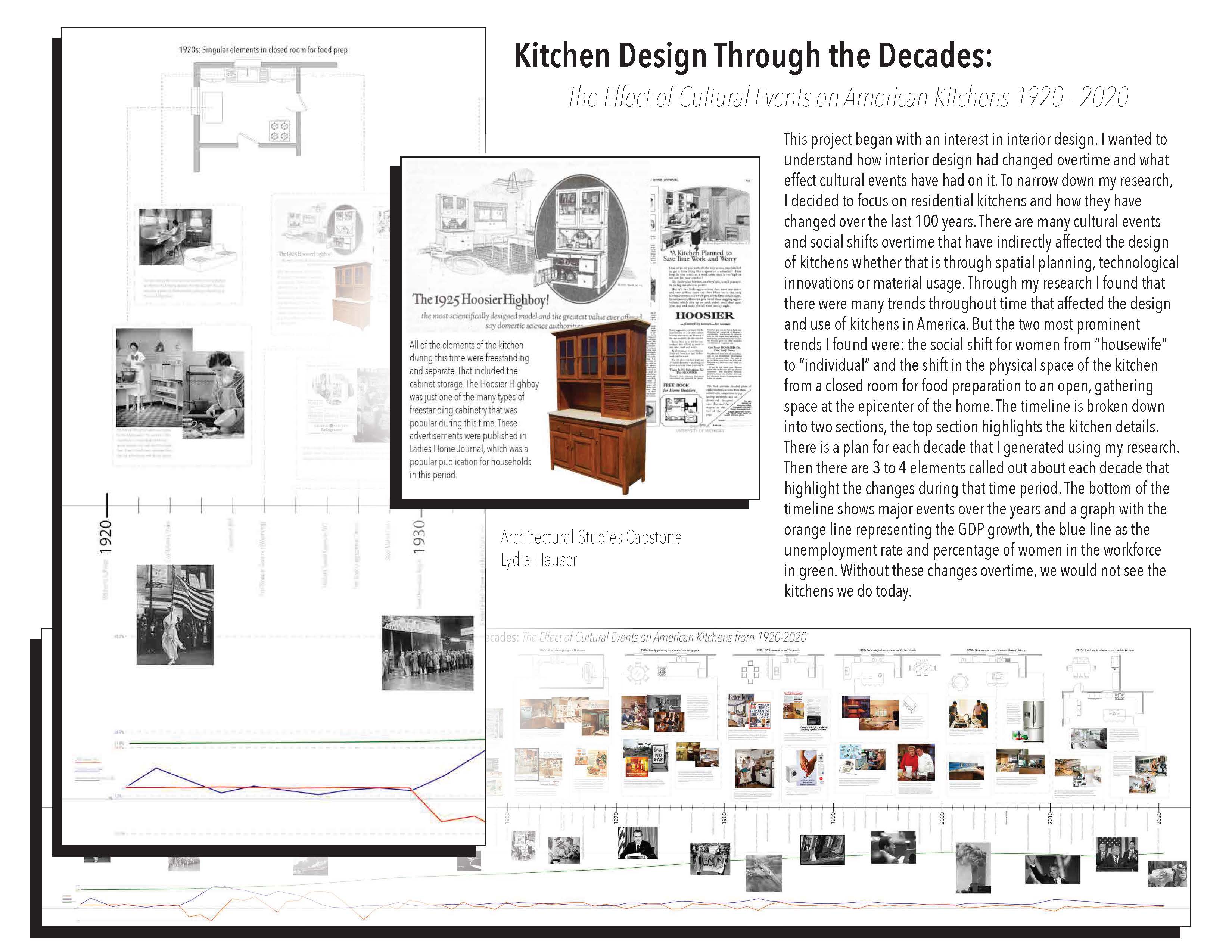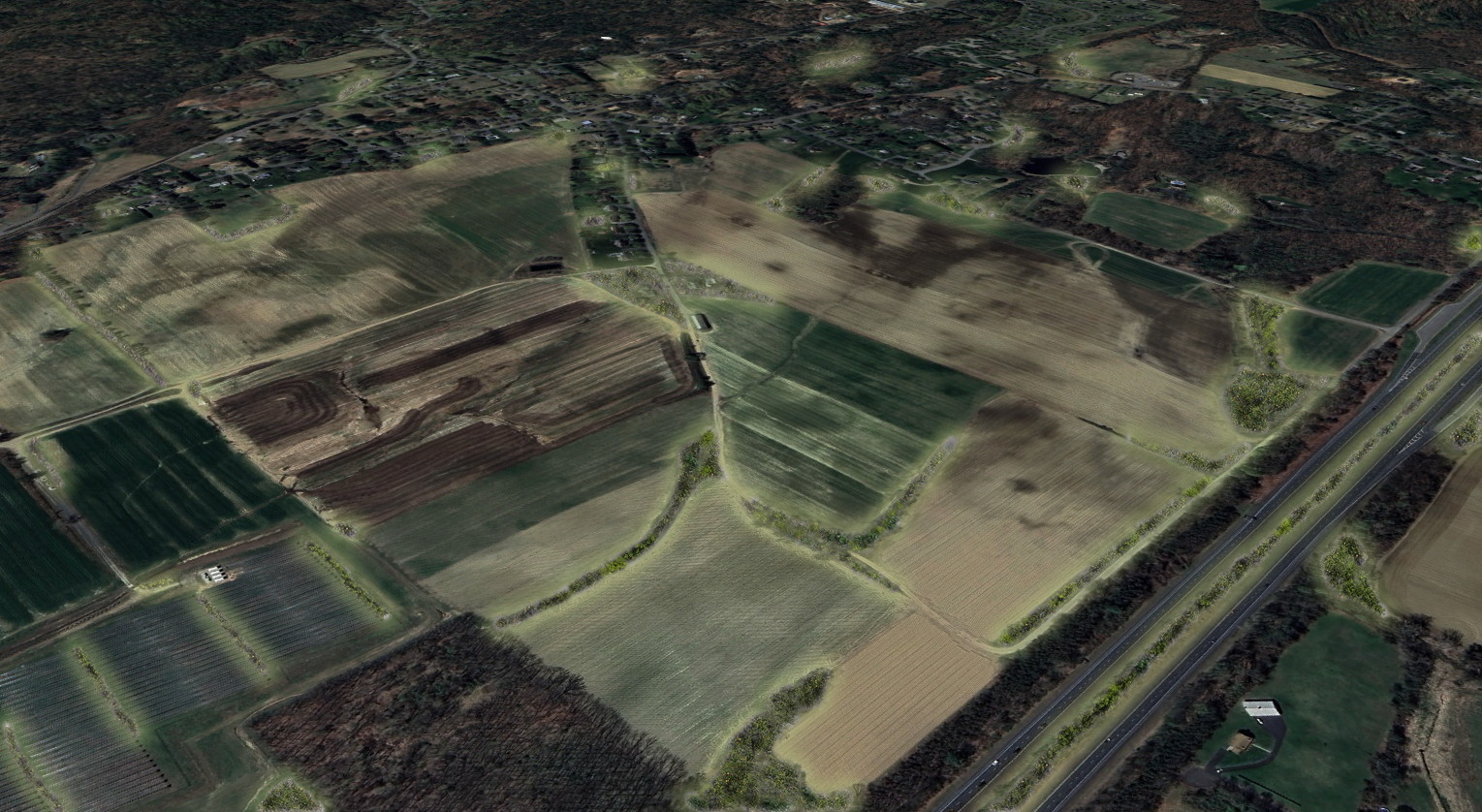The Bachelor of Science in Architecture curriculum combines a rigorous studio sequence with architecture history and building technology courses to prepare students to respond innovatively and conscientiously to the complex needs of the built environment and its inhabitants. In studio classes, students have an opportunity to develop core design and critical thinking skills through a project-based experiential curriculum. These small classes, held in Ruggles Studio, allow for regular one-on-one consultation with faculty and critiques with classmates. Formal reviews with guest critics are held throughout the semester. History courses provide grounding in the ways in which historical, economic, cultural, and social factors shape the built environment. In building technology classes, students study design and test structural and environmental systems of buildings and their synergistic integration. The degree is designed to prepare students to bring specific disciplinary expertise to the inherently broad and interdisciplinary challenges facing the built environment. Additionally, four- and five-year degree path options allow students flexibility in the pace of their studies, as well as to pursue electives and/or minors in subjects that complement and enhance the study of architecture.
Students in every track participate in co-op. Students on the four-year track enroll in one six-month co-op with the option of adding a four-month co-op in their third year of study. Students on the five-year track enroll in two six-month co-ops. This allows students to gain real-world experience in architecture that aids them in both their academic development and in professional advancement. Co-op experience can often be applied to AXP credits required for licensure. Students also have the opportunity to study abroad or at affiliated institutions through a variety of different programs during their third year or summer months.
Applicants should note that the BS degree in architecture is not sufficient by itself to meet the academic requirement to sit for state licensure (most undergraduate architecture degrees are not accredited). However, students who graduate with the BS degree have the option to apply to the one-year, NAAB-accredited Master of Architecture degree that is open to our BS graduates in good standing, which allows our own students to achieve a master’s degree and become eligible for professional licensure in an efficient and timely manner.
Co-Op Opportunities
- Landing Studio
- Bergmeyer Associates Inc
- Ann Beha Architects
- Elkus Manfredi Architects
- William Rawn Associates
- Maryann Thompson Architects
- Hacin + Associates
- BOS/UA
- Oudens Ello Architecture
- Gensler
- Massport
- Cummings Properties LLC
- Dana Farber Cancer Institute
- MIT facilities
Learning Outcomes
Students who graduate from Northeastern University with a degree in architecture, architectural studies or landscape architecture will have:
- Thorough 2D and 3D representation and modeling skills for deciphering and designing the built environment.
- Awareness of how global socio-cultural contexts influence the built environment, and how the built environment influences global communities.
- Thorough knowledge of sustainable and resilient design goals, strategies, and methods.
- Skills of communication and collaboration necessary for managing complex projects.
- Understanding of fundamental construction systems and techniques that shape the built environment.
- Critical ability to analyze and decipher complex environments.
- Exposure to the diverse range of professional opportunities and avenues for design of the built environment.
- Understanding of ethical responsibilities for designing the built environment.
Career Opportunities
- Architect
- Facilities manager
- Owner representative
- Interior architect
- Construction manager
- Construction supervisor
- Building surveyor
- Surveyor
- Building conservation
Multidisciplinary Skills
- AutoCAD
- Revit
- Rhino
- InDesign
- 3D printing
- Design
- Computer literacy
- Knowledge of building laws/codes
- Building construction
- Industrial design






